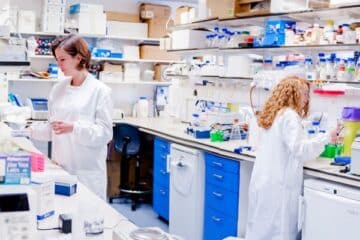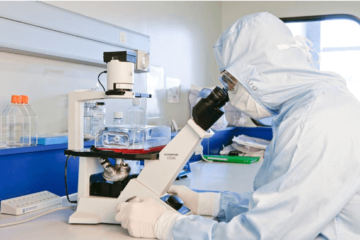ALS Therapy in 2024 Stem Cell Treatment Options
In 2024, stem cell therapy emerges as a promising frontier in ALS treatment. Research explores the potential of these cells to repair damaged neurons and halt disease progression, offering hope for individuals living with ALS.













